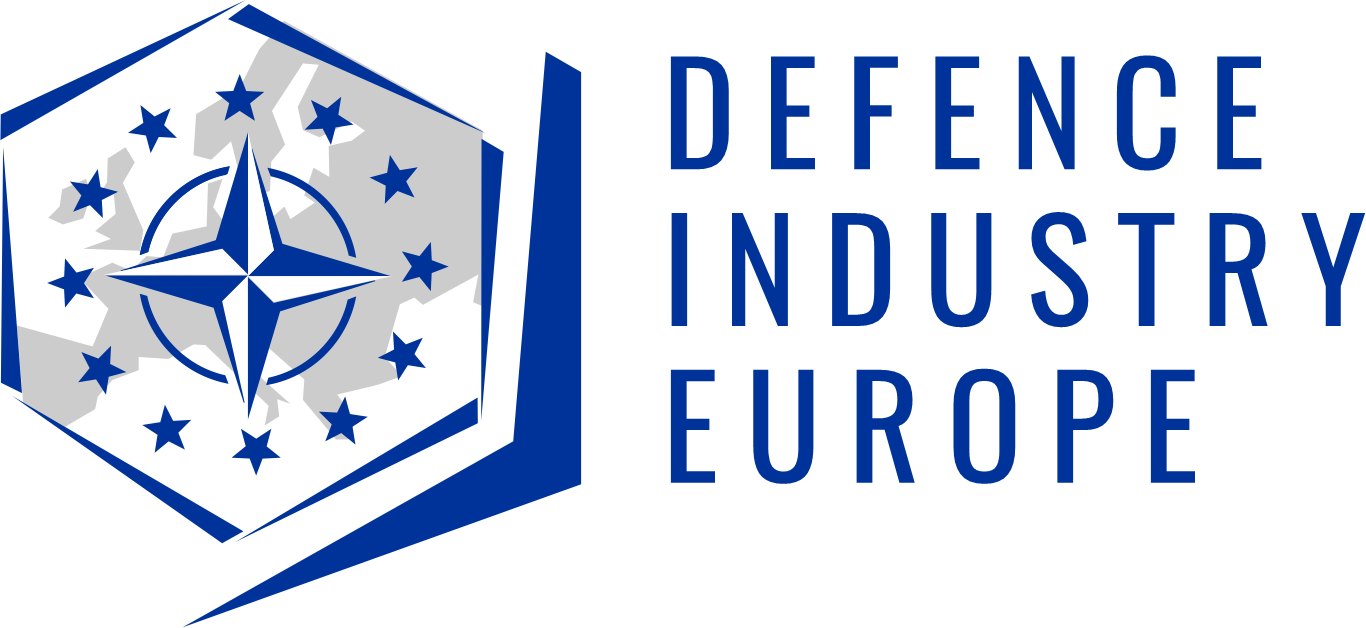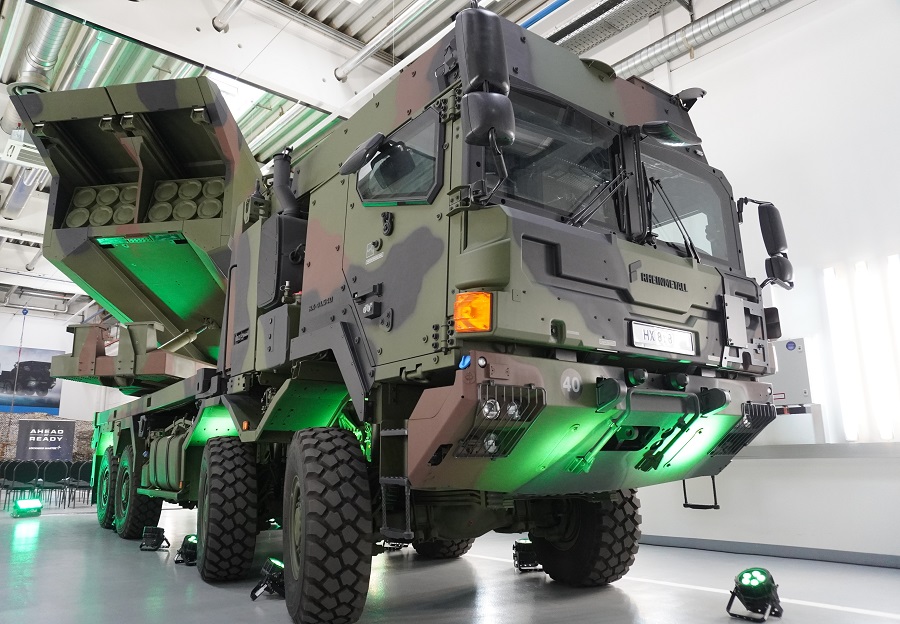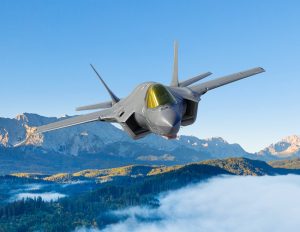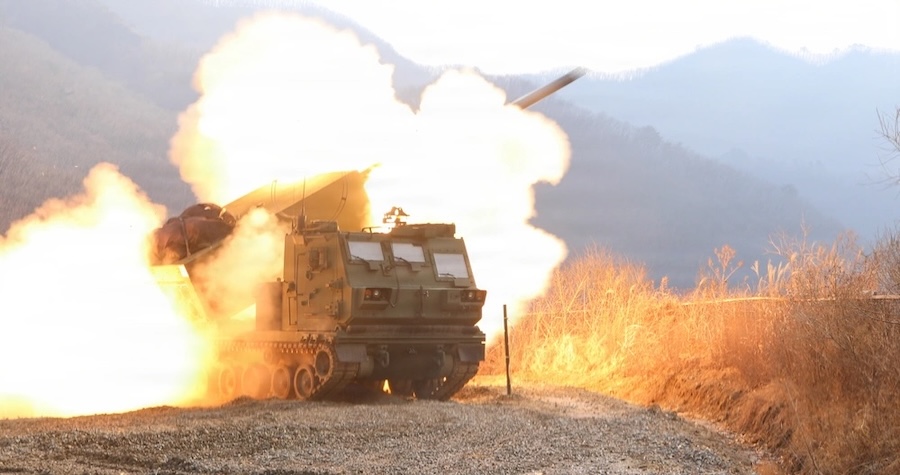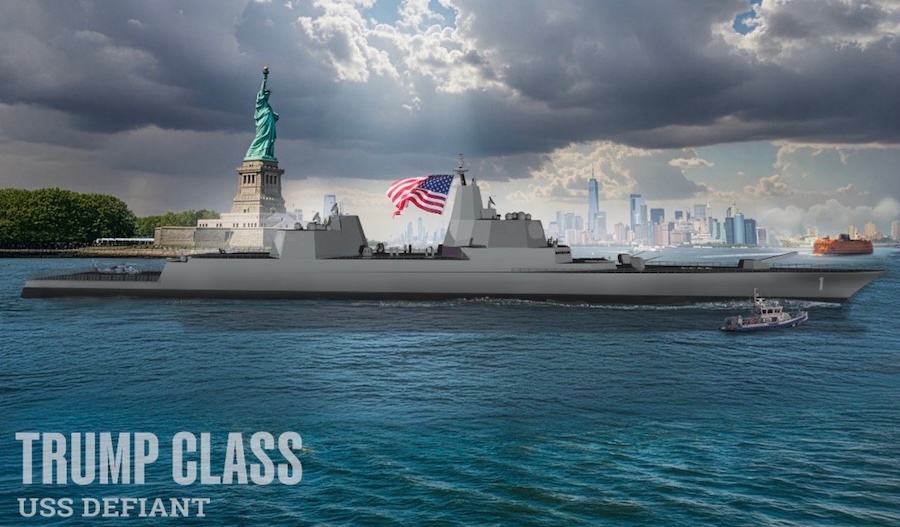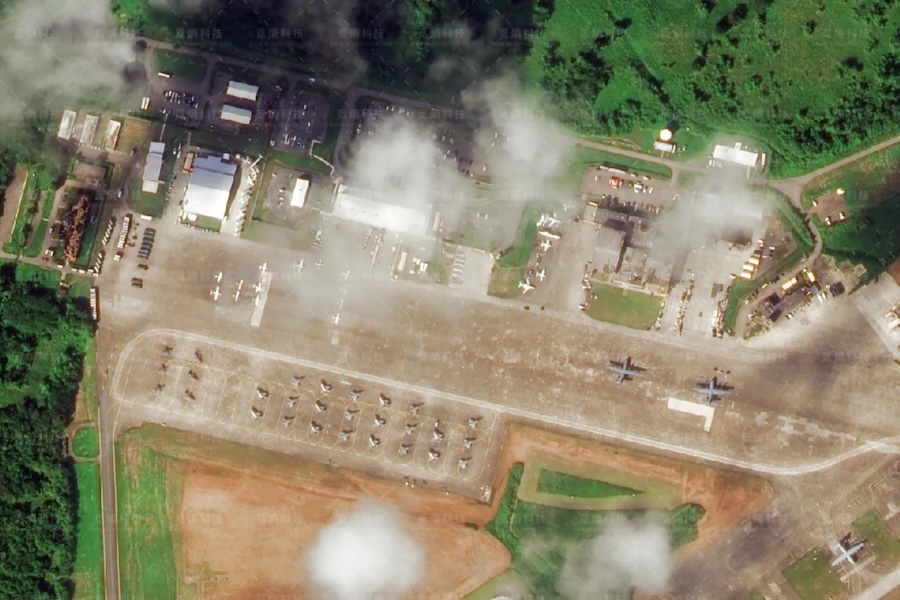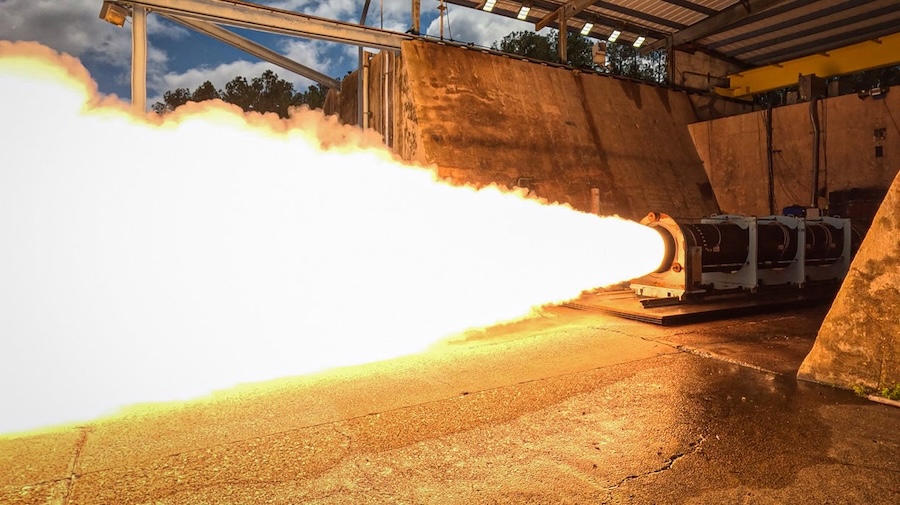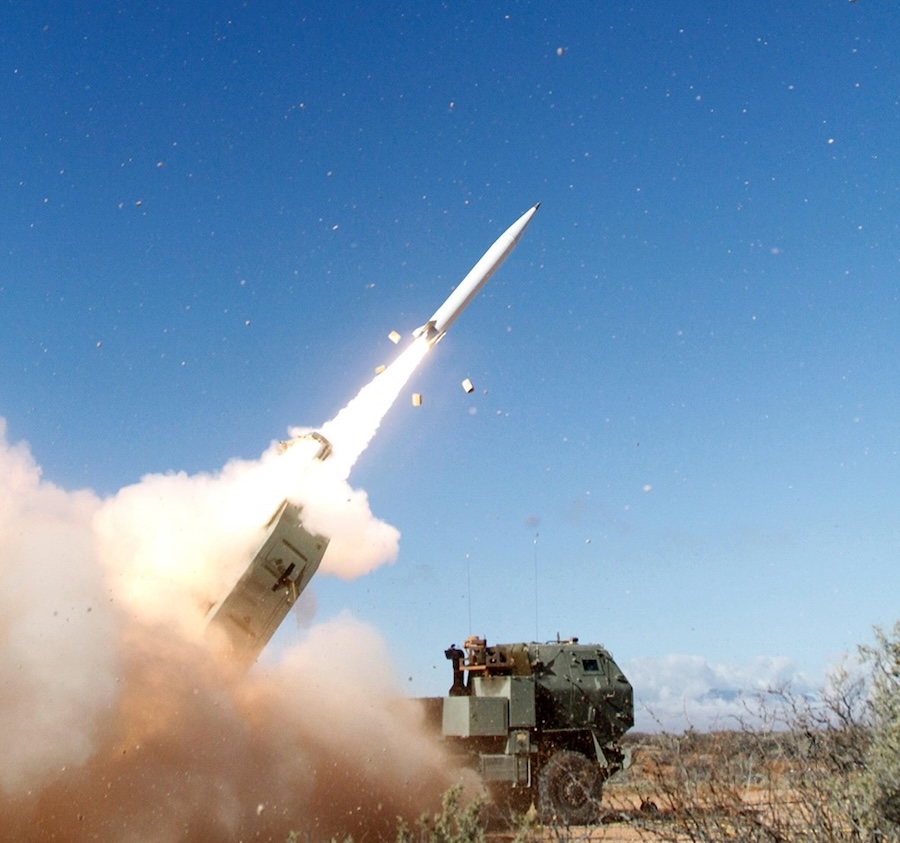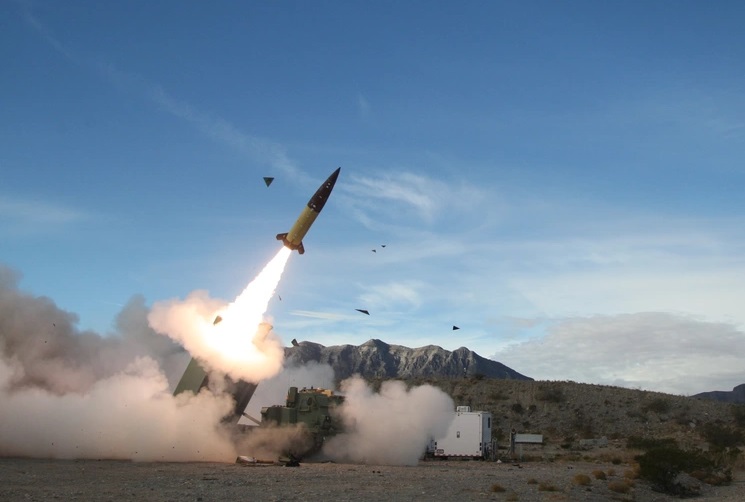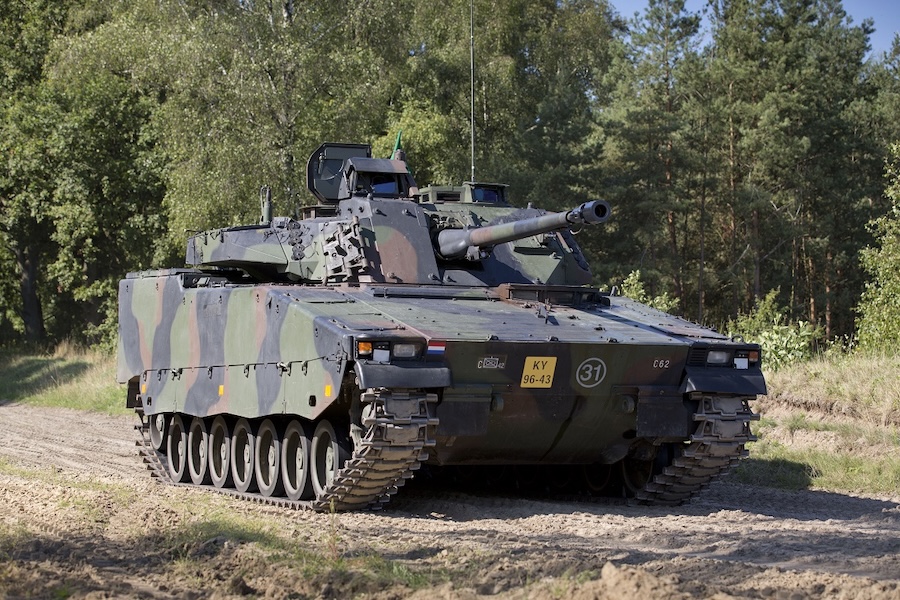“So on the outlook, the very important thing is that we signed the MoU with Lockheed Martin,” Papperger stated. “Last year, we signed an MoU for rocket motors, now this MoU is — and we want to — that we want to create a joint venture. In that joint venture, Rheinmetall has the majority at the moment, it is discussed to have 60% of the shares, 40% of Lockheed.”
According to Papperger, the primary motivation behind the partnership is to address the capacity limitations in the United States, which have resulted in excessively long lead times for missile deliveries to Europe.
“Sometimes you have to wait 10 years to get some missiles from America, which is much too long. And as you know, all the European partners at the moment, they deliver, deliver, deliver,” he said.
The joint venture aims to establish a European center of competence for missile production. The planned product range includes ATACMS, GMLRS, Hellfire, JAGM, and PAC-3 missiles. Rheinmetall’s goal is to vertically integrate production, including rocket motors and warheads.
“So what are the missiles that we can produce. This is, for example, ATACMS, GMLRS, Hellfire, JAGM but also PAC-3,” said Papperger. “We will build up a capacity, a total capacity because there are huge rocket motors and also smaller ones that we have a production capacity of up to 10,000 missiles per year, but also 10,000 rocket motors for sure.”
The production of rocket motors will take place in Unterlüss, while warheads will be manufactured in Rheinmetall Italia. “The warhead production would be in Rheinmetall Italia. We do warhead production at the moment for that missile. The rocket motor will be produced in Unterlüss,” Papperger confirmed.
Rheinmetall expects the production line to be operational in just over a year. “So in 12, 13 months’ time, the production line will be ready. And the final assembly of the missiles will be also there,” he said. The company also plans to undertake European engineering to create locally held intellectual property rights in collaboration with Lockheed Martin.
“We have also technologies on safety and armor. And together with Lockheed, we will make also some European engineering to have also European IPRs on that,” he added.
The venture is still pending approval from the U.S. government. “We need the permission for that, for sure, from the US government. Lockheed and Rheinmetall are working on that. But our expectation is that over the next two, three months, we can start this submission and then we can go to build that joint venture.”
Once fully operational, the facility could achieve annual sales of up to €5 billion. “The total potential of sales volume, if everything is running well, for sure, not at the beginning, and as you know, we will start production of rocket motors in ’26. Missile starts is in ’27. And after the ramp-up curve ’28, ’29, there is a potential of yearly — annually EUR5 billion if we are fully booked in that plant. This is the capacity that we built.”


